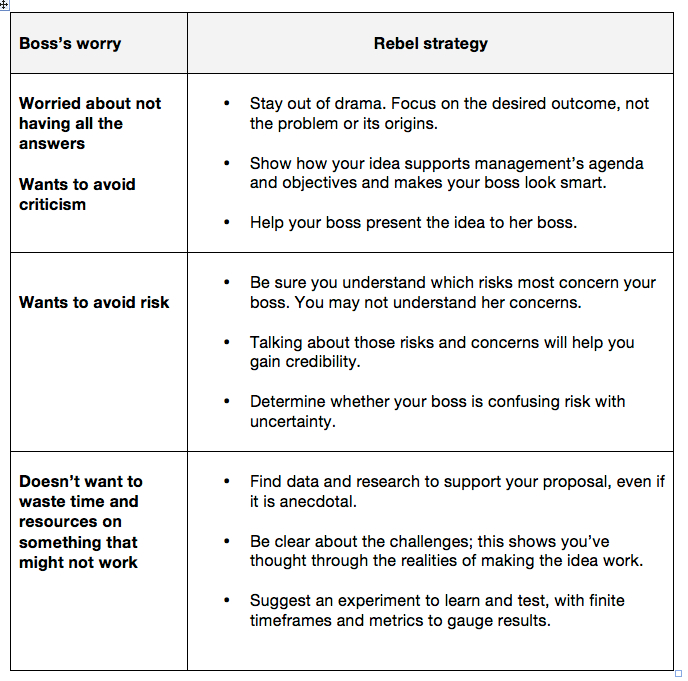How To Approach Boss With Concerns

Employee discontent is on the rise. Learning to effectively communicate concerns to your supervisor is now more critical than ever for a healthy work environment.
This article provides actionable strategies to navigate the challenging task of addressing issues with your boss, aiming for constructive dialogue and positive outcomes.
Preparation is Paramount
Before scheduling a meeting, clearly define the issue. What exactly is bothering you, and how is it impacting your work or the team?
Gather concrete examples. Quantifiable data strengthens your argument and prevents your concerns from being dismissed as mere complaints.
Consider potential solutions. Proposing fixes demonstrates initiative and a desire to contribute to a positive resolution.
Choosing the Right Time and Place
Timing is crucial. Avoid approaching your boss when they are visibly stressed or occupied with urgent matters. Request a dedicated meeting time via email.
Select a neutral and private location. A conference room offers a more professional setting than a hallway conversation.
Be mindful of your boss’s communication style. Adapt your approach to align with their preferences for directness and detail.
Communication Strategies for Success
Start with a positive tone. Frame your concerns as opportunities for improvement rather than accusations.
Use "I" statements to express your feelings and experiences. For example, say “I feel overwhelmed when…” instead of “You always make me…”
Be direct and concise. Avoid rambling or vague language; clearly articulate the problem and its impact.
Active Listening and Collaboration
Listen attentively to your boss’s perspective. Understand their reasoning and constraints before responding.
Engage in a collaborative problem-solving approach. Work together to find mutually acceptable solutions.
Document the meeting and any agreed-upon actions. This ensures clarity and accountability moving forward.
Navigating Difficult Conversations
If your boss becomes defensive, remain calm and professional. Acknowledge their feelings without conceding your point.
If the conversation becomes heated, suggest tabling it for a later time. A cooling-off period can allow for more rational discussion.
If you are unable to resolve the issue directly with your boss, consider escalating to Human Resources. Be prepared to provide detailed documentation of your attempts to address the issue.
Available Resources and Data
A 2023 study by Gallup found that only 30% of US employees strongly agree that their opinions seem to count at work. This highlights the urgent need for improved communication strategies.
According to SHRM (Society for Human Resource Management), clear communication and employee voice are key factors in fostering a positive workplace culture.
Numerous online resources, including those offered by Harvard Business Review and Forbes, provide detailed guides on how to handle difficult conversations with your boss. These resources offer templates and checklists to aid in preparation.
Moving Forward
Schedule a follow-up meeting to discuss progress on agreed-upon solutions. This demonstrates your commitment to resolving the issue.
Continue to document any ongoing concerns or new developments. Maintain a record of your interactions with your boss.
If the situation does not improve, consider exploring internal grievance procedures or seeking external guidance from a career counselor or legal professional.


















